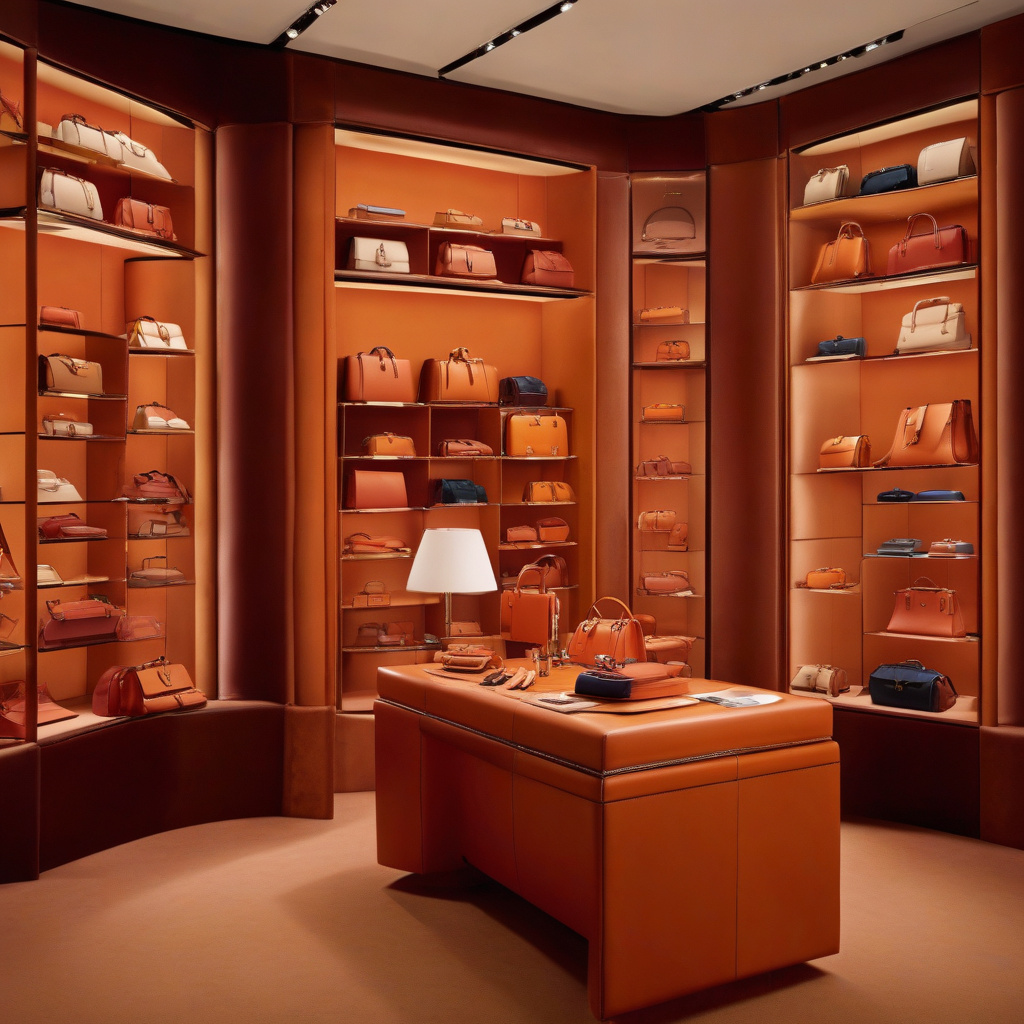BoF Masterclass | Inside Hermès’ Best-in-Class Leather Goods Strategy
In the realm of luxury fashion, few names command as much respect and admiration as Hermès. Renowned for its timeless elegance, impeccable craftsmanship, and iconic leather goods, the French maison has set the standard for excellence in the industry. At the recent BoF Masterclass, a panel of experts gathered to unpack Hermès’ Best-in-Class Leather Goods Strategy, offering insights into what sets the brand apart and how it continues to thrive in a competitive market.
One of the key pillars of Hermès’ success lies in its unwavering commitment to quality. Since its founding in 1837, the brand has prioritized craftsmanship above all else, employing skilled artisans who have honed their expertise over years of training. Each Hermès leather good is meticulously handcrafted using traditional techniques that have been passed down through generations, resulting in products that are not only beautiful but also built to last a lifetime. This dedication to quality has earned Hermès a loyal following of discerning customers who appreciate the brand’s attention to detail and commitment to excellence.
Another factor that sets Hermès apart is its focus on exclusivity and scarcity. Unlike many other luxury brands that produce in large quantities, Hermès deliberately limits the production of its most coveted items, such as the Birkin and Kelly bags, creating an aura of exclusivity around its products. This scarcity not only drives up demand but also helps to maintain the brand’s image as a purveyor of rare and desirable goods. By carefully controlling supply and distribution, Hermès is able to maintain its position as a symbol of luxury and sophistication in the eyes of consumers around the world.
In addition to its commitment to quality and exclusivity, Hermès has also embraced innovation and modernity in recent years. While the brand is steeped in tradition, it has not been afraid to adapt to a changing world, embracing new technologies and marketing strategies to reach a wider audience. For example, Hermès has successfully leveraged social media and digital platforms to connect with younger consumers and create buzz around its products. By striking a balance between heritage and innovation, Hermès has been able to stay relevant and continue to attract new generations of customers.
The success of Hermès’ Best-in-Class Leather Goods Strategy serves as a testament to the brand’s enduring appeal and timeless elegance. By staying true to its core values of quality, exclusivity, and innovation, Hermès has been able to carve out a unique position in the competitive landscape of luxury fashion. As other brands come and go, Hermès remains a paragon of excellence, a shining example of what can be achieved when tradition and modernity converge in perfect harmony.
In conclusion, Hermès’ Best-in-Class Leather Goods Strategy offers valuable lessons for brands looking to succeed in the luxury market. By prioritizing quality, embracing exclusivity, and staying true to core values, companies can build enduring legacies that stand the test of time. As the fashion industry continues to evolve, Hermès serves as a beacon of inspiration, showing that true luxury knows no bounds.
luxury, fashion, craftsmanship, Hermès, strategy












